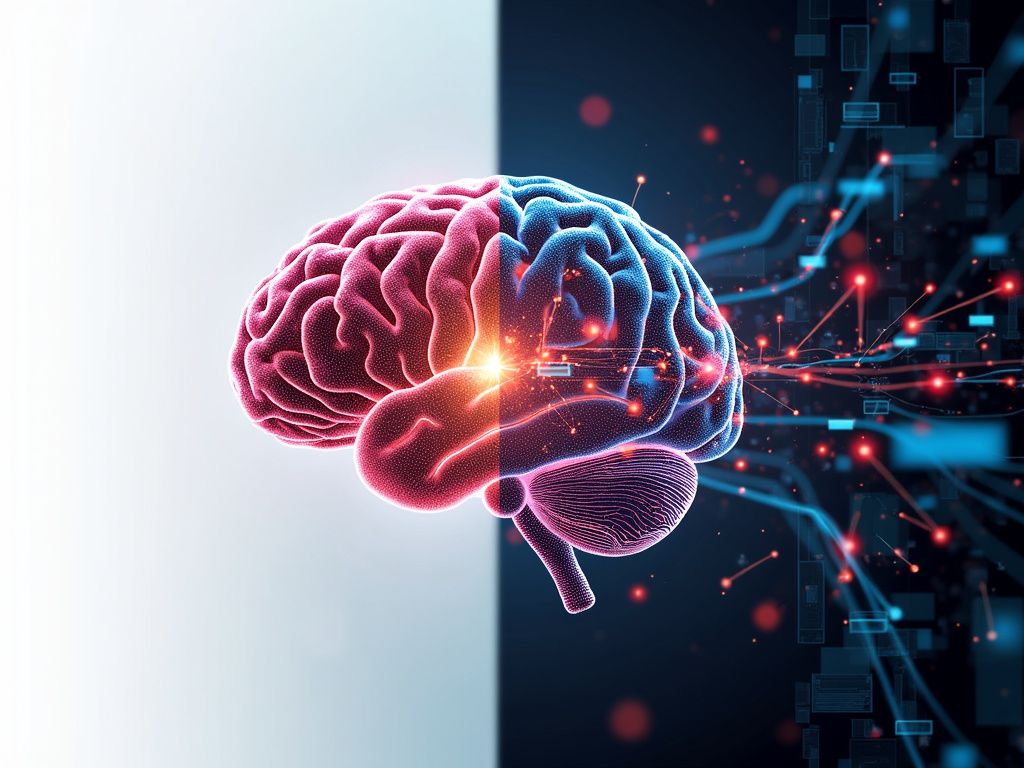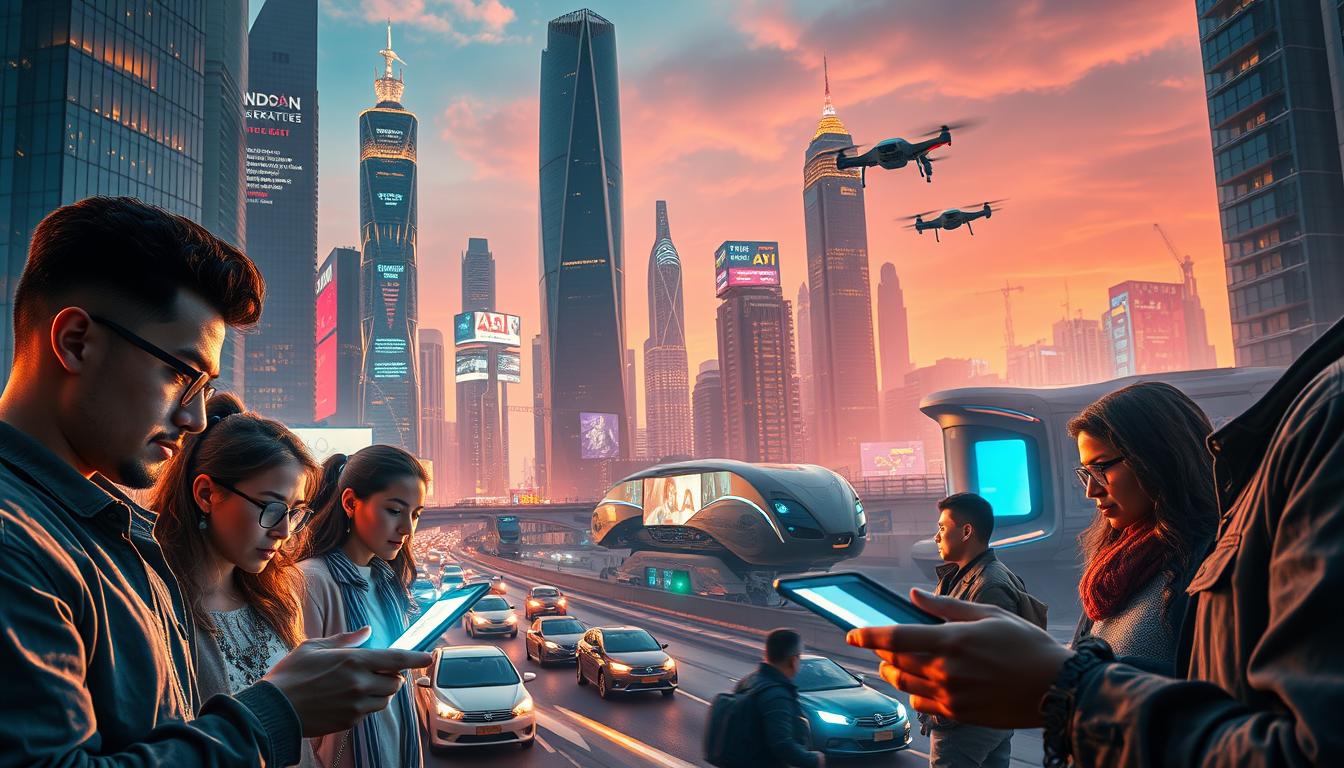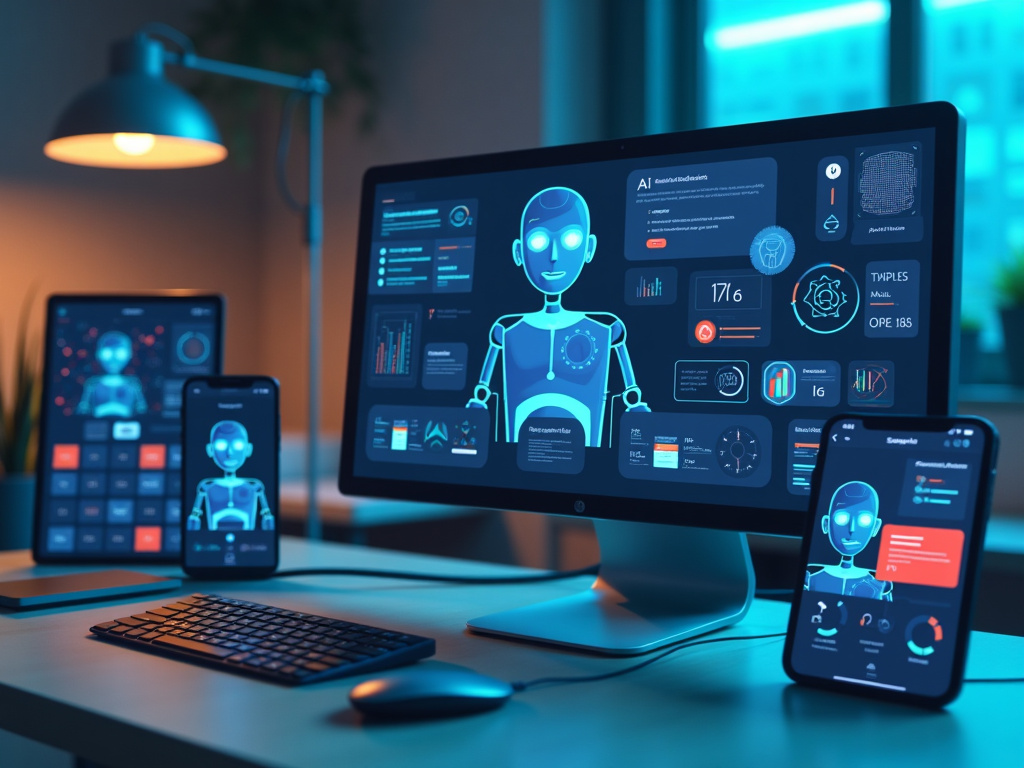Nowadays, many people refer to the terms Artificial Intelligence and Machine Learning. Both are amongst the hot technologies, although people generally use these terms interchangeably, they mean different things. It becomes critical to understand the difference between AI and ML to know how each shapes up the future of technology.
In this article, we’ll look at what sets AI and ML apart, how they relate, and where you might already be seeing them in action in your day-to-day life.
Well, what is AI?
Thus, AI stands for Artificial Intelligence, which involves developing machines that think and act like humans. In other words, AI would mimic human intelligence in problem-solving, learning, and understanding of languages. It is a wide series of technologies that also includes robotics, NLP, and rule-based systems. Basically, it is the “big goal” of making machines capable of doing things that up until now only humans could do.
Examples of AI in action:
1. Chatbots that can have conversations and answer questions.
2. Employed in independent robots performing complex tasks, for example, from factories to hospitals.
And What About Machine Learning?
Now, Machine Learning, in short ML, is actually a subset of AI. The important idea underlying ML is that machines can actually learn from data. As opposed to the traditional way of programming a computer, whereby you specify exactly what the computer should do, in ML algorithms, they get better and adapt as they get more experience. They get better at finding patterns and making predictions as the amount of data they work with increases.
Ever notice how Netflix or Amazon just seems to instinctively know that next show you wanna watch or what product you’re gonna buy? Well, that’s ML in action. These systems learn from your behaviors-and the millions of other users-out there to make smarter recommendations the more you use them.
Differences Between AI and ML
Although they are very much related, AI and ML differ in their important aspects:
Aspect |
AI |
ML |
|
Scope |
Broad techniques |
Learning from data |
Objective |
Learn to recognize patterns through human-like intelligence |
Predict patterns based on statistical models |
|
Data Requirement |
Can perform well with less data, depending on methodology |
Best performance with more data |
Human Involvement |
May require human setup of rules |
Can learn independently from minimal input |
How do AI and ML relate to each other?
Think of it this way: all machine learning is a form of AI, but not all AI involves machine learning. For example, your virtual assistant Siri or Alexa is a form of AI in that she understands and can respond to your voice; not everything those bots utter, however, has anything to do with ML. On the other hand, your email has strong dependence on spam filters based on lots of training data.
Real-Life Examples of AI and ML
You are going to be surprised at how much already AI and ML is part of your life. Here are just a few examples:
AI in action:
Self-driving cars: It enables AI to process data from sensors of the car for navigating safely.
Bots: Through Natural Language Understanding, AI-driven chatbots walk customers through a process of troubleshooting the problem.
ML in practice:
Spam Detection: ML algorithms scan through your emails for a clean inbox, totally spam-free.
Predictive analytics: Companies use ML to predict future sales, inventory levels in the future, and everything else requiring historic data.
Wrapping Up In other words, AI is about making machines think and act like human beings, while ML is a subset of AI in which the learning from data is emphasized. AI involves several techniques, being machine learning one of the most powerful ways to achieve it. Bringing this difference to light is a gigantic advantage for those interested in AI or ML applications in industries that range from healthcare to entertainment. Knowing when to use which opens up amazing opportunities for innovation that help develop and construct smarter and more efficient systems at our service.












